

We may earn revenue from the products available on this page and participate in affiliate programs. Learn More ›
Self-sufficient homeowners have raised chickens for centuries, and ownership of backyard chickens increased from 8 percent to 13 percent in 2022, particularly among millennials and Gen Z homeowners. In 2022 to 2023, a new reason to raise chickens emerged—one that is walloping family food budgets. The average price of eggs rose nearly 60 percent from December 2021 to December 2022, and wasn’t expected to decline early in 2023. Blame demand for the meat-free protein, cage-free laws, and inflation for some of the increase, but consider the top cause for rising prices: a slump in production due to bird flu.
The deadliest outbreak of avian flu in U.S. history has hit wild bird and poultry populations hard, affecting 58 million poultry birds as of January 2023. Confirmed cases affected 310 commercial flocks and 430 backyard flocks. So, with bare shelves and high costs, even more homeowners are opting for the improved taste and freshness of home-raised eggs. The tips below can help you get started and care for your own backyard chickens, including taking steps to prevent bird flu in your flock.
Check Local Laws

While many communities allow homeowners to raise chickens in their backyards, Laura Henderson of Craig, Colorado, advises those who are thinking about keeping chickens to check with the local authorities first. “Call the local zoning authority.” Henderson suggests, “They can tell you if keeping chickens is permitted and whether you’ll need a permit.
Some communities limit the number of chicken you can keep if you live in town, and others might not let you keep a rooster because early morning crowing doesn’t always make for happy neighbors.” It also helps to be aware of any steps the state recommends that chicken owners take in testing for or reporting bird flu.
Egg-Laying Fluctuates
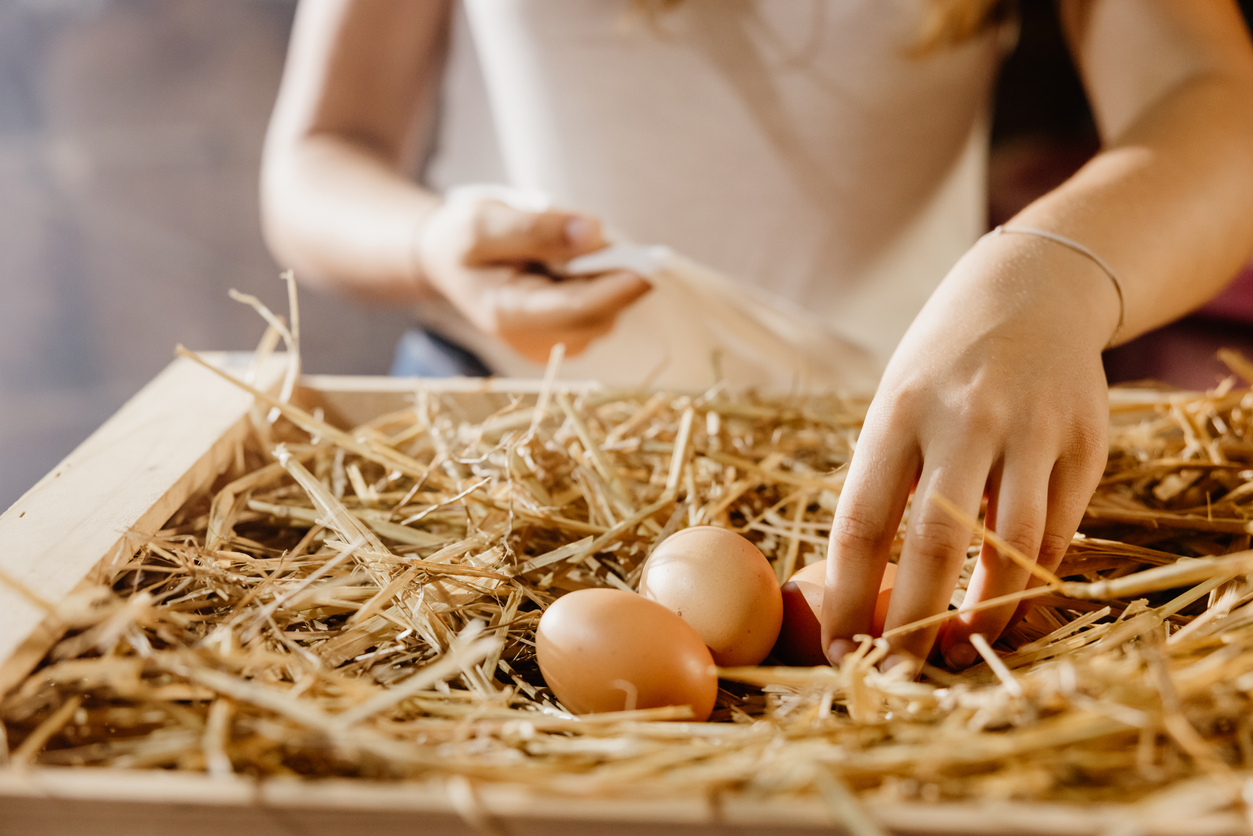
One of the first things Laura Henderson learned when she started raising chickens is that they produce fewer eggs during certain seasons. “A friend who lives in the country gave me five hens just before Christmas a few years ago, but for the first three months, I was lucky to get one egg every other day.” Henderson said. “Once spring arrived, however, they started laying like crazy, and some days I would get a dozen eggs or more.”
She found out that hens tend to lay more eggs when the days are longer. So, keep production ebbs and flows in mind. Also note that a drop in egg production or laying of softer or misshapen eggs might be a sign of bird flu.
You Don’t Need a Rooster

Until Beth Thompson of Tulsa, Oklahoma started raising chickens in her backyard, she thought she’d need a rooster in order for her chickens to lay eggs. “I purchased six baby chicks from the feed and seed store and as they grew, it became obvious one was a rooster.” Thompson said. “I had to rehome the rooster to a farm in the country, because roosters aren’t allowed where I live, but hens don’t need a rooster around in order to lay eggs,” she said. “When my hens got about six months old, they started laying eggs.”
Start your backyard flock this weekend with a set of 10 ISA Brown chicks available at Tractor Supply.
Mix it Up
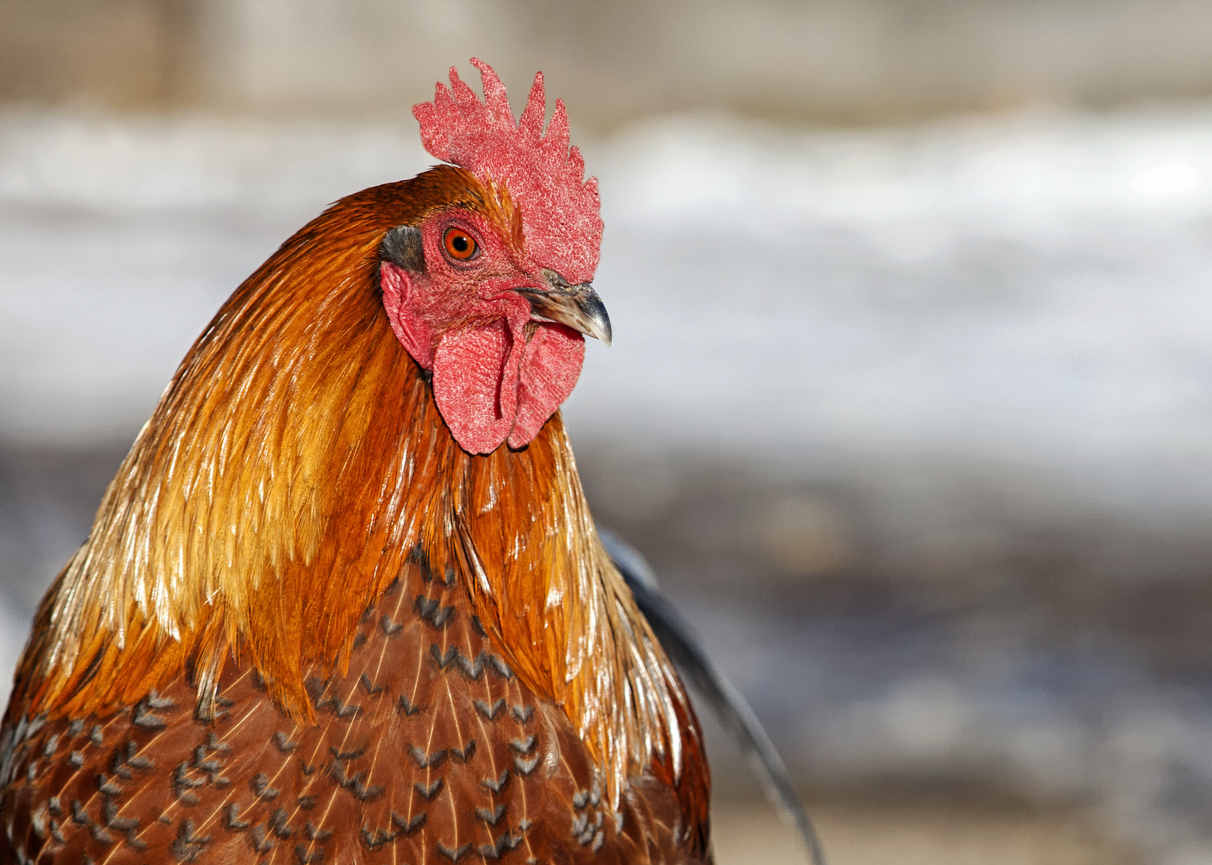
When Thompson added another chicken to her backyard coop, she opted for a fancy chicken. “My first chickens were all white leghorns, the common kind you see everywhere,” she said. “But, I’d been looking through poultry magazines and seeing the most beautiful chickens. I wanted to add a little color to the brood, so I bought an Ameraucana hen.” Thompson said the hen has beautiful gold and brown feathers, but even more interesting is that she lays blue eggs. The shell color didn’t change the taste of the egg, she added.
Be Ready to Doctor Your Chickens
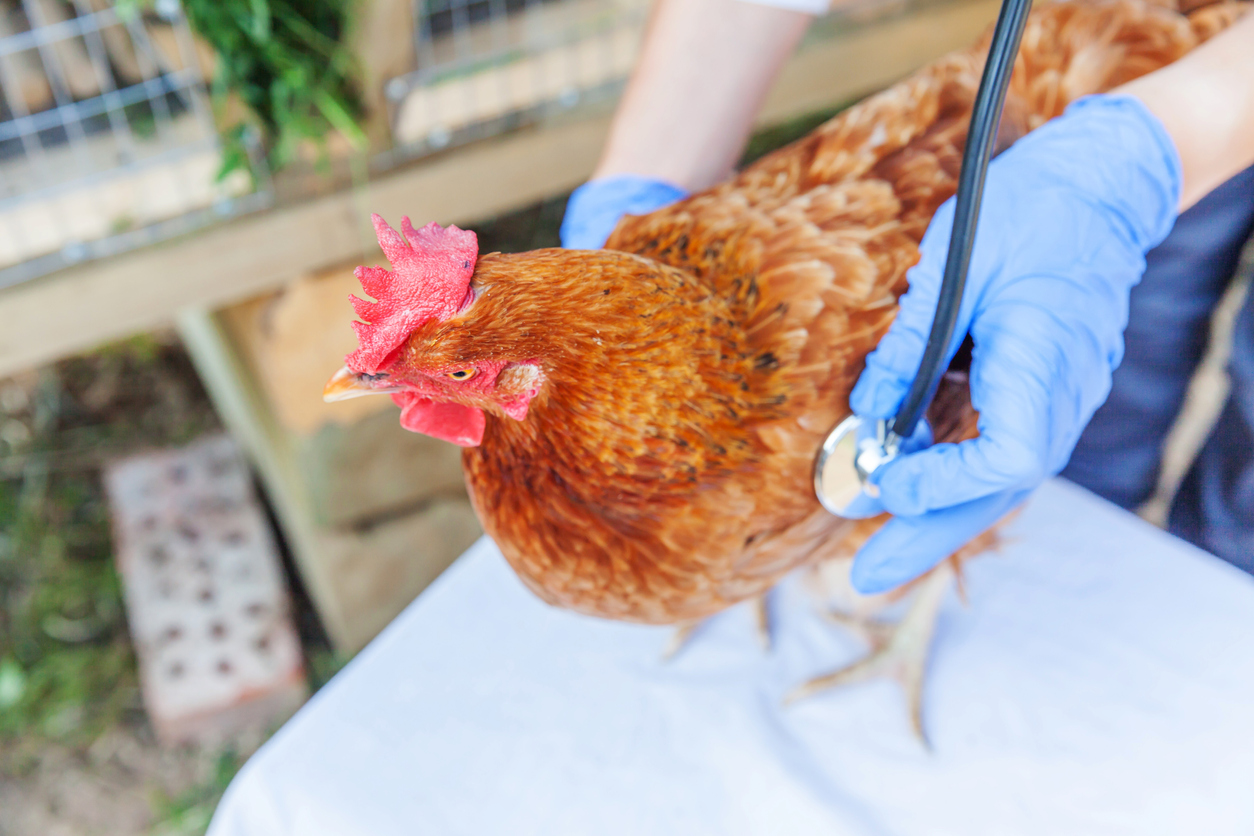
As long as chickens are fed a nutritious diet, they’re usually pretty healthy, but Linda Hime of McPherson, Kansas advises new chicken owners to keep a stock of chicken-tending supplies on hand. “Always have everything you need to doctor your chickens quickly if they get hurt or ill.” Those supplies might include antibiotic ointment, gauze, dog nail clippers (for beaks and nails), electrolytes (for dehydration), and any other medications and ointment recommended by your veterinarian. “Most of all, have gloves—you will need them,” Hime told us.
Clean gloves, clothing, and hands are particularly helpful when preventing bird flu spread. In addition, regular attention to chicken health can help you spot possible bird flu symptoms. If you suspect bird flu, report it to your local or state authority. It is better to report a suspected case immediately and try to isolate the ill bird to prevent further spread. Infected birds (those with a positive test result) are culled humanely.
Watch for Vent Prolapse
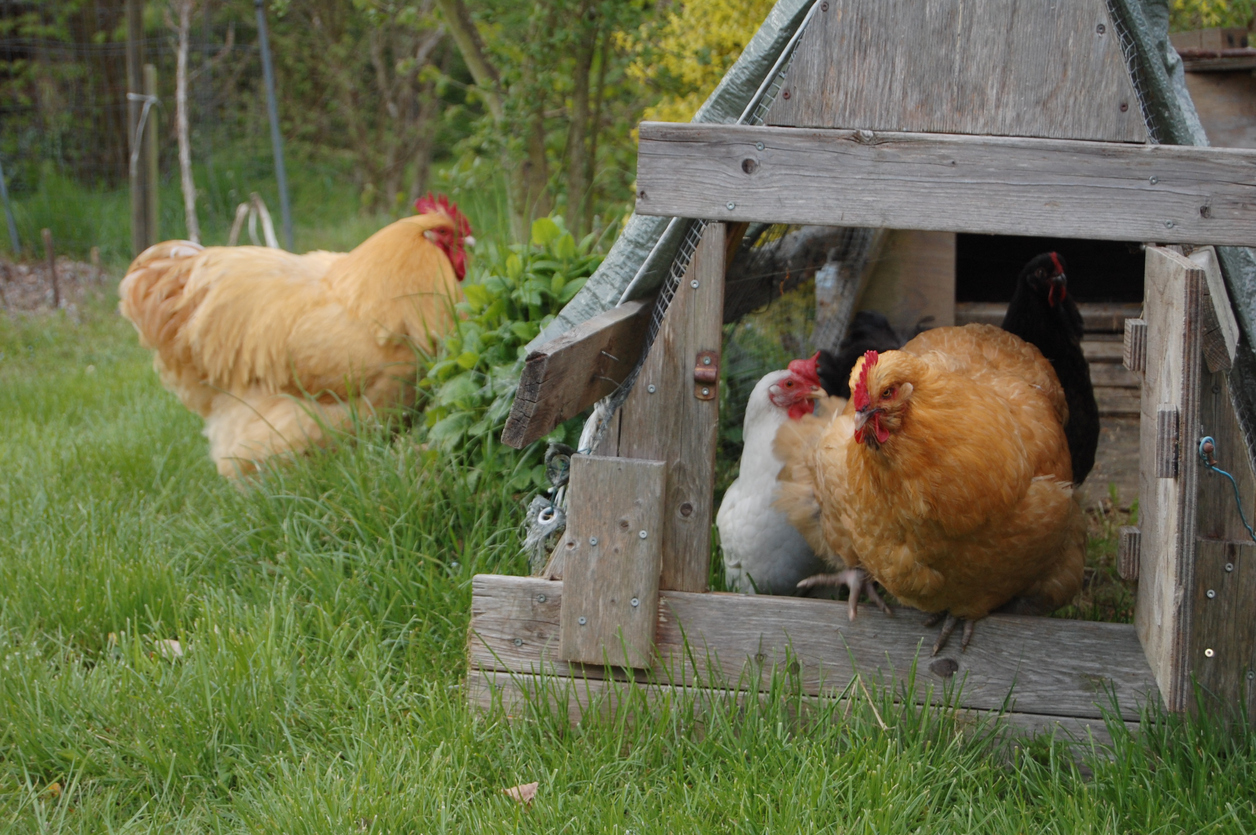
A chicken’s oviduct (where the egg comes out) may prolapse or bulge outward if she passes a very large egg or she suffers from a nutritional deficiency. Linda Hime is currently treating one of her hens for vent prolapse by bringing her indoors daily and letting her soak in “nice, warm water” before gently cleansing the area with a mild antibacterial soap and applying some Preparation H and Vetericyn. She explains to new chicken owners that recovery from a vent prolapse can take time so being consistent with the treatment is vital.
Feed Them Right

A lack of calcium in your chickens’ diet can lead to thin shells on the eggs they lay and to other physical problems. Marina Jade Kistler of Lindsborg, Kansas feeds her chickens Grubblies. “It’s supposed to help their eggshells be stronger,” Kistler said, “and it has made their feathers so soft!” Kistler’s chickens are pretty lucky: they also frequently enjoy fresh fruits and veggies.
RELATED: 11 Things You Need If You’re Raising Backyard Chickens
A Doghouse Can Double as a Coop

Investing in a large chicken coop setup can cost a few thousand dollars, but Ann Taylor of Lindsborg, Kansas suggests using dog houses with straw inside if you’re new to raising chickens and don’t have a lot of money to spend. “That’s what the farmer who sold my chickens to me recommended,” Taylor said. “He had nine or ten medium-size doghouses in his chicken pen and he had installed small, hinged doors on the back side of each where he could reach in and collect the eggs.”
Just beware that with the current bird flu problem, it is most sensible to secure feed bins and water to prevent wildlife from contaminating them. It’s also advised to keep migratory waterfowl, other wild birds, and rodents out of poultry houses or coops.
Keep it Clean
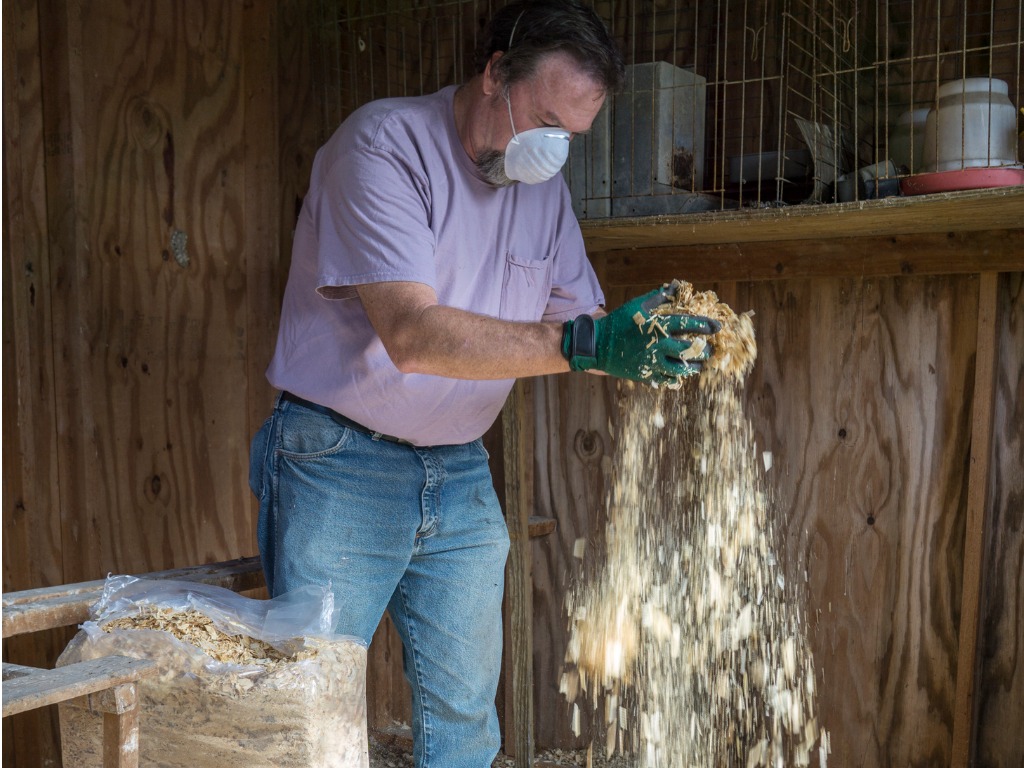
No matter what size chicken coop you end up with, for the healthiest hens, Taylor advises keeping it clean. “Clear out the old hay at least once every two weeks and put in clean dry hay,” she recommends. “Keeping the coop clean will reduce the risk of diseases and parasites.” Taylor also rakes up the chickens’ droppings from the chicken yard. “I put the droppings in my compost pile to compost and then I use the compost to fertilize my vegetable plants,” she said. “It’s the best fertilizer and it’s a way of recycling.”
Cleaning takes on new meaning with the threat of avian flu. Chicken handlers should disinfect all clothes, egg flats, crates, and tools, especially if they have been around wild birds or at bird shows before entering their poultry area. Clean and disinfect feeders and water bins or drinkers every day if possible. It also helps to ensure that any visitors to the coop have had no recent bird contact and thoroughly clean their hands, clothes, and footwear.
RELATED: 11 Things You Need If You’re Raising Backyard Chickens
Cover the Chicken Yard

Within two months of getting her chickens, Taylor lost one to a hawk that swooped down into the chicken yard, picked it up and flew away. “I had built the sides of the chicken yard 6 feet high to make sure no dog could jump in and get the chickens, but I didn’t even think about a hawk getting them.” She immediately installed chicken wire over the top of the chicken yard to prevent a recurrence. Covering and enclosing the coop and feeding area also can keep out droppings and other contamination from infected wild birds.
RELATED: 20 Tips for Keeping All Critters Out of Your Yard and Garden
Use Nesting Boxes
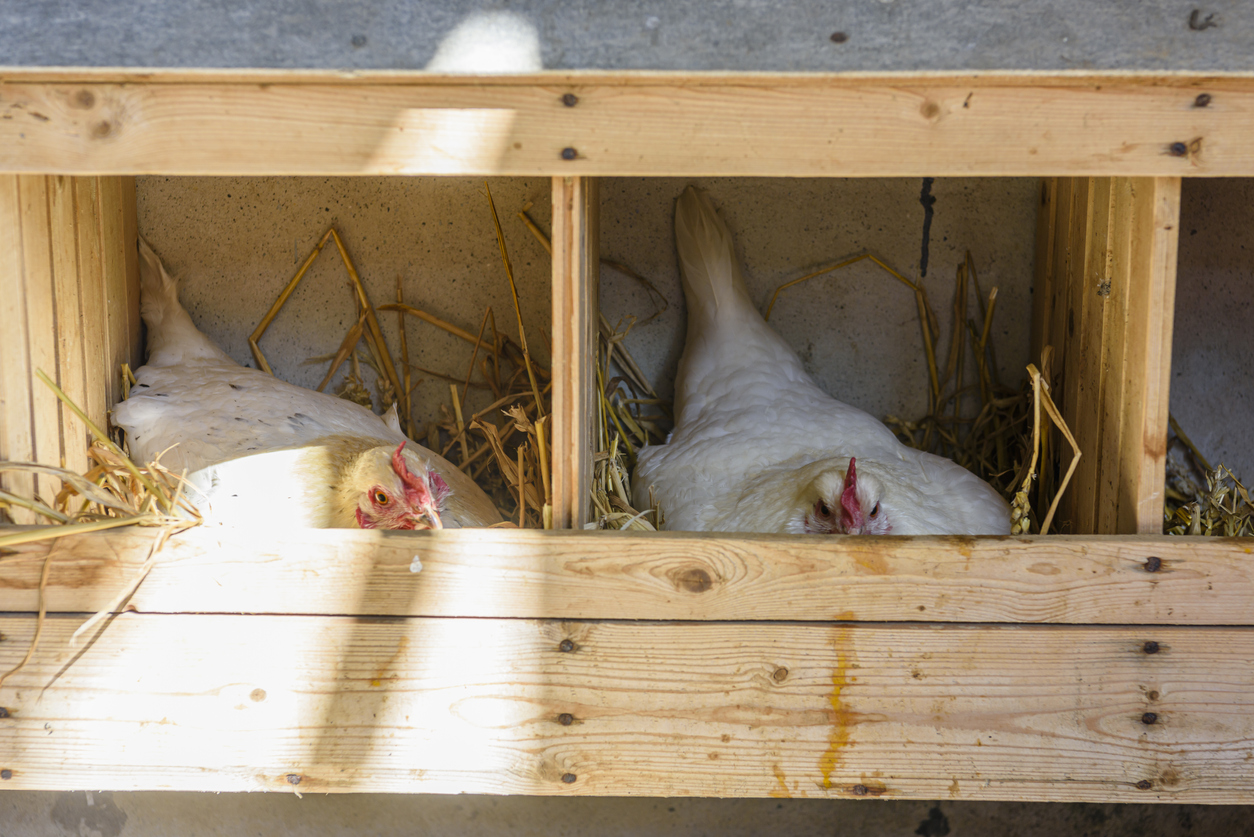
After her hens started laying in the spring, Laura Henderson was surprised to find two eggs in the chickens’ feed trough. “I guess the hen was looking for a place to lay her eggs and it probably seemed as good a place as any,” Henderson said. “If you find eggs where they shouldn’t be, pick them up and put them in a nesting box.” Nesting boxes are simple crates located in the chicken coop, measuring about 12 inches by 12 inches square and about 12 inches high with an open top. Each hen should have her own nesting box that’s filled half-way with hay. “Hens like laying eggs by other eggs, so putting them in a nesting box will encourage them to lay their eggs there.”
Network with Others

When Laura Henderson first started raising chickens, she had a number of questions, so she went online and discovered BackYard Chickens, a forum where she could network with other chicken owners and get her questions answered. “I used to be the one who asked all the questions,” she said, “but now, I’ve learned quite a bit and I enjoy helping others get started raising chickens of their own.”
Networking with chicken owners in your area can make you aware of the potential for avian flu infection. Generally, if avian flu is confirmed, it can affect all birds within a 6-mile radius. Henderson also shared that people who raise chickens seem more than willing to help others who are just starting out. “We’re like a big family,” she said.
RELATED: 14 Chicken Coop Plans Perfect for Big or Small Homesteads
Practice Biosecurity
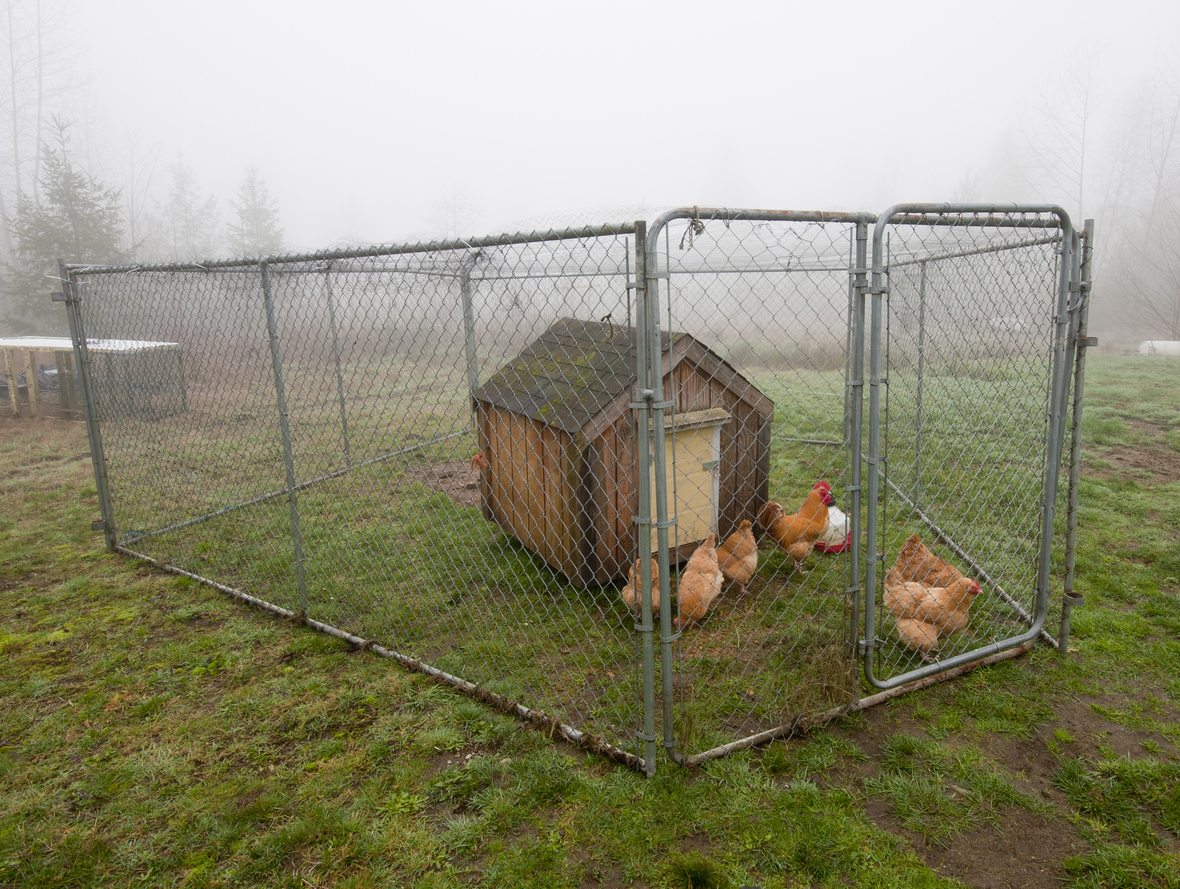
When it comes to bird flu threats, you can’t overdo cleanliness and prevention to keep your investment of time and money secure. Biosecurity is the process commercial farmers use to prevent disease among their animals, and the University of Minnesota extension service recommends that all chicken owners have and follow a written plan.
Bird flu is usually lethal to infected chickens, so prevention must be top of mind. Transmissions occur directly through contact with infected birds, but also when the pathogens that cause it are introduced by people, food, water, rodents, pets, and contaminated equipment or areas.
In addition to tips on cleanliness and keeping wild animals out, isolate birds you have purchased or taken to shows; keep them quarantined for 30 days to ensure they are not infected before introducing them to the flock. Use care when acquiring birds. In general, restrict the ability of germs to enter from other birds, their droppings, tools, your hands and feet, and even visitors and vehicles.
